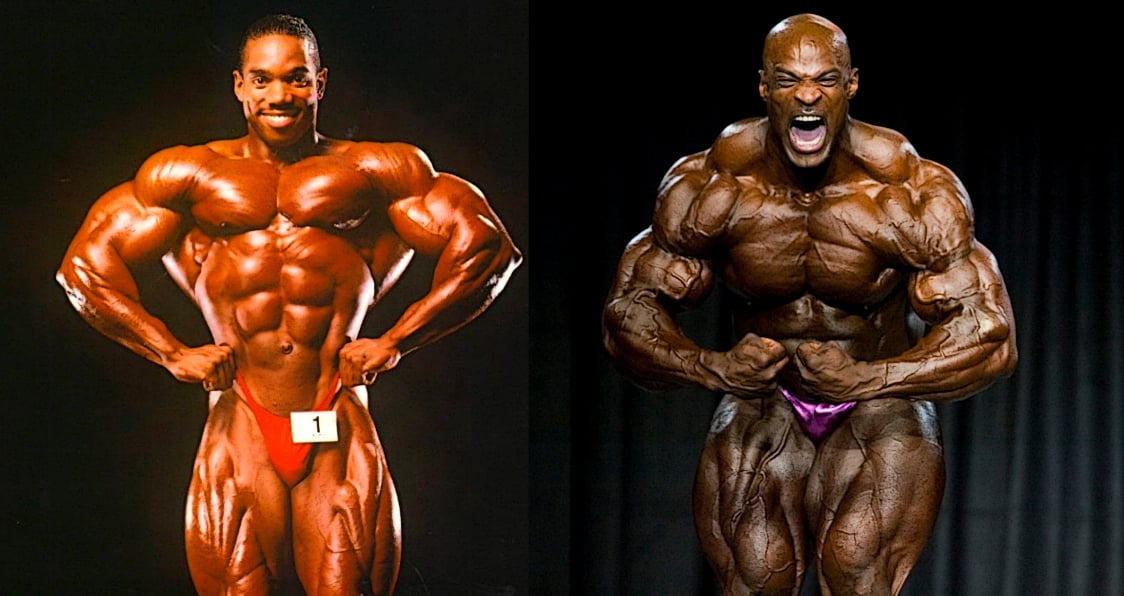They Built Godlike Bodies — But the Price Was Painfully Human

They Built Godlike Bodies — But the Price Was Painfully Human
There was a time when Ronnie Coleman and Flex Wheeler were untouchable—living statues of strength, the epitome of human perfection. Onstage, under the blinding lights of Mr. Olympia, they were titans. Every flex, every pose, every drop of sweat screamed power and dominance.
But the battles that mattered most didn’t happen under the spotlight — they happened in silence, years later, when the applause faded and the weight of their efforts caught up to them.

Ronnie Coleman, known as “The King,” lifted like no one else. He didn’t just chase records — he shattered them. Hoisting over 800 pounds as if gravity didn’t apply to him, he solidified his legacy with eight Olympia titles. But while his accomplishments were etched in history, his spine wasn’t. Today, after more than a dozen surgeries, Ronnie fights a different kind of war—against pain, immobility, and the very cost of greatness. Yet, with unwavering determination, he still says, “I’d do it all again.”
Flex Wheeler, the “Sultan of Symmetry,” carved a body of perfect balance. But behind that flawless form, a hidden battle raged. Diagnosed with focal segmental glomerulosclerosis, a rare kidney disease, Flex went from bodybuilding stages to hospital rooms. A kidney transplant gave him time—but later, circulation failure led to the loss of his leg. Still, Flex stood tall—not as a competitor, but as a survivor, stronger than ever.

They both chased immortality through muscle—seeking perfection in their bodies. And in a way, they found it. But the lesson they left behind is brutally real: even legends bleed.
Perfection isn’t free — and sometimes, the bill comes due long after the applause fades.











